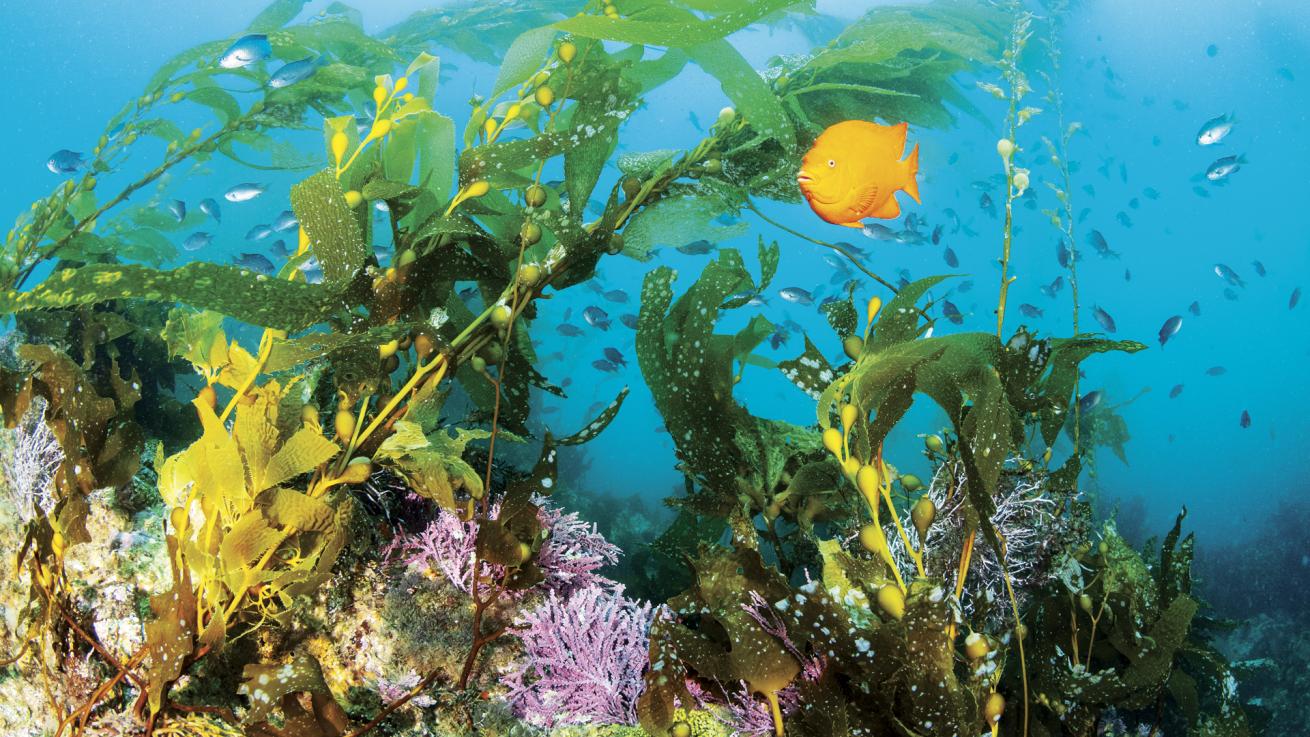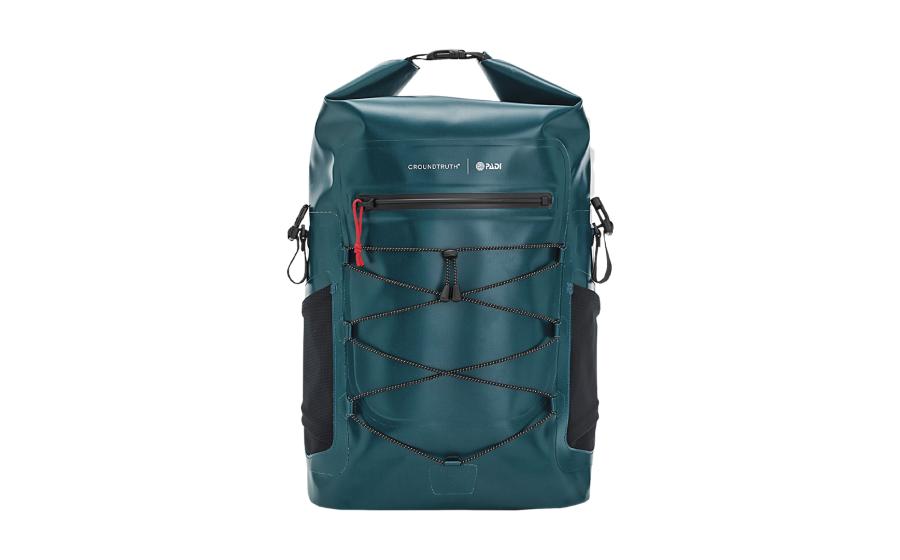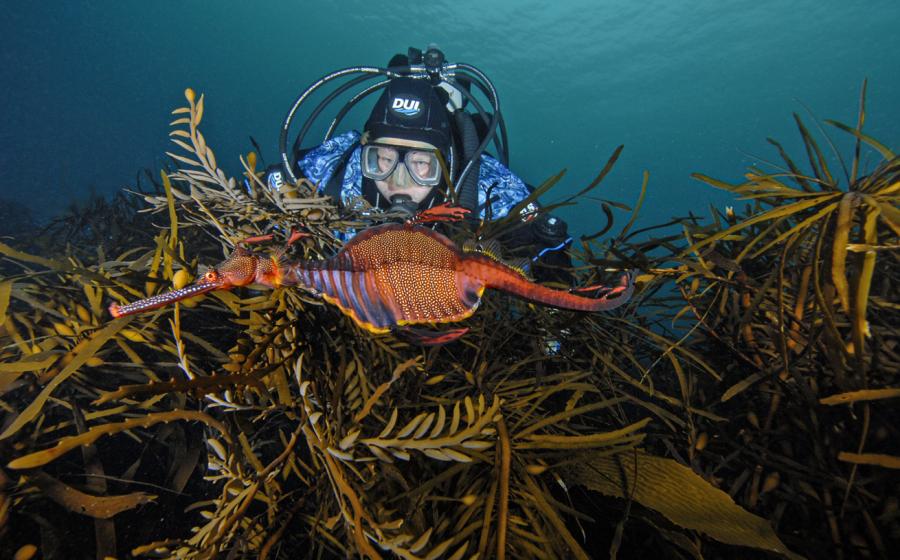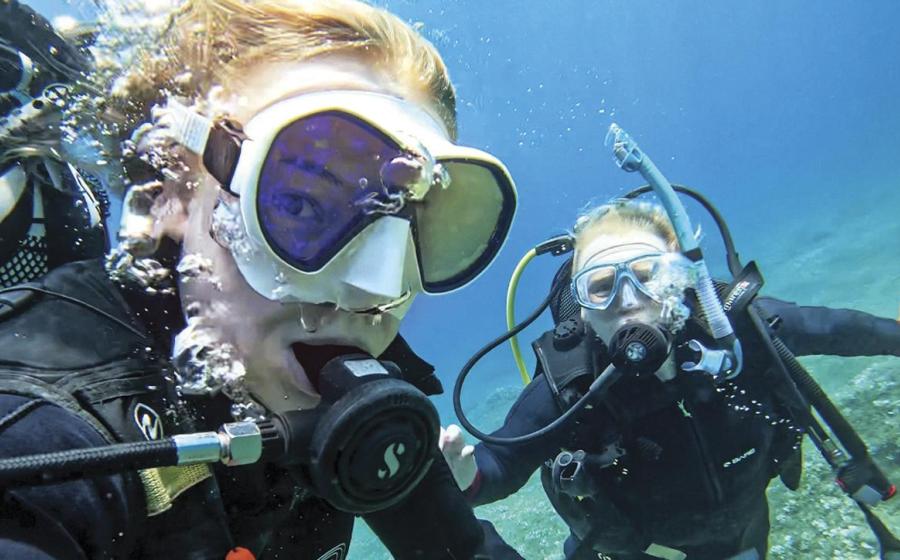Intro to Underwater Photo Composition

Brent DurandMasterful composition in this Southern California kelp forest brings energy into the shot.
In today’s media-driven world, it’s easy to think that the photo equipment makes the photo. And it does, to an extent. But good photographs go far beyond the equipment.
Think of the photojournalism adage “f/8 and be there,” which means that sometimes the most powerful photos come from interesting moments with creative compositions rather than perfect settings.
Good photography can be broken down into lighting and composition. In the most recent issue of Scuba Diving, we discussed lighting and exposure, and next issue, we’ll dig in a bit more. Today, we’ll explore composition basics.
Stellar photos are generally not snapshots taken while swimming over some fish. Each is thoughtfully created, often as a result of previsualizing the desired outcome.
Get close
Once you find a subject or scene and previsualize the photo you want to create, you need to move close to the subject. Ideally, the subject will fill the space in the frame, creating a composition that doesn’t require cropping.
A reefscape might span from one side to the other, while a fish will be large enough that no cropping is required to give it the presence that makes the viewer pause as they explore the photo’s details.
Related Reading: Introduction to Manual Underwater Photography
Find the Eyes
The best marine life compositions are achieved when shooting at eye level with your subject. So, instead of swimming over a cuttlefish and snapping your shot, try slowly lowering yourself to its level as if you’re having a meaningful conversation. Strong eye contact (and sharp focus on the eyes) is critical in marine life portraits, so be sure that you position yourself so that you can compose the shot with that strong eye contact.
Use your light
The underwater world is relatively dark and can result in images with low contrast and color. One tip to create bright photos is to take advantage of ambient light by shooting up into lighter water or shooting with the sun at your back.
In deeper water, where divers often use video lights or strobes, you should get low and shoot at an upward angle so that the blue water background has a lighter blue gradient. If shooting horizontally or down, even with the same camera settings, the water turns a muted blue or black. Try shooting down with the sun at your back in shallow water to take advantage of the ambient sunlight falling across the scene.
These simple shifts in composition perspective make a huge difference in the light, color and overall mood of the scene.
Related Reading: Ask a Pro Photographer: How Do You Edit Underwater Photos?
Rule of Thirds
The rule of thirds is a classic photo composition principle. Your image will be much more interesting if you place the subject or anchor of the scene in the right or left third of the frame, leaving the other two-thirds open. This can also create “swim space” in front of the subject, resulting in a more pleasing composition than if the subject’s face points immediately out of the frame.
Pause and consider these composition techniques before your next dive trip, and I’m sure you’ll start bringing home better photos.










